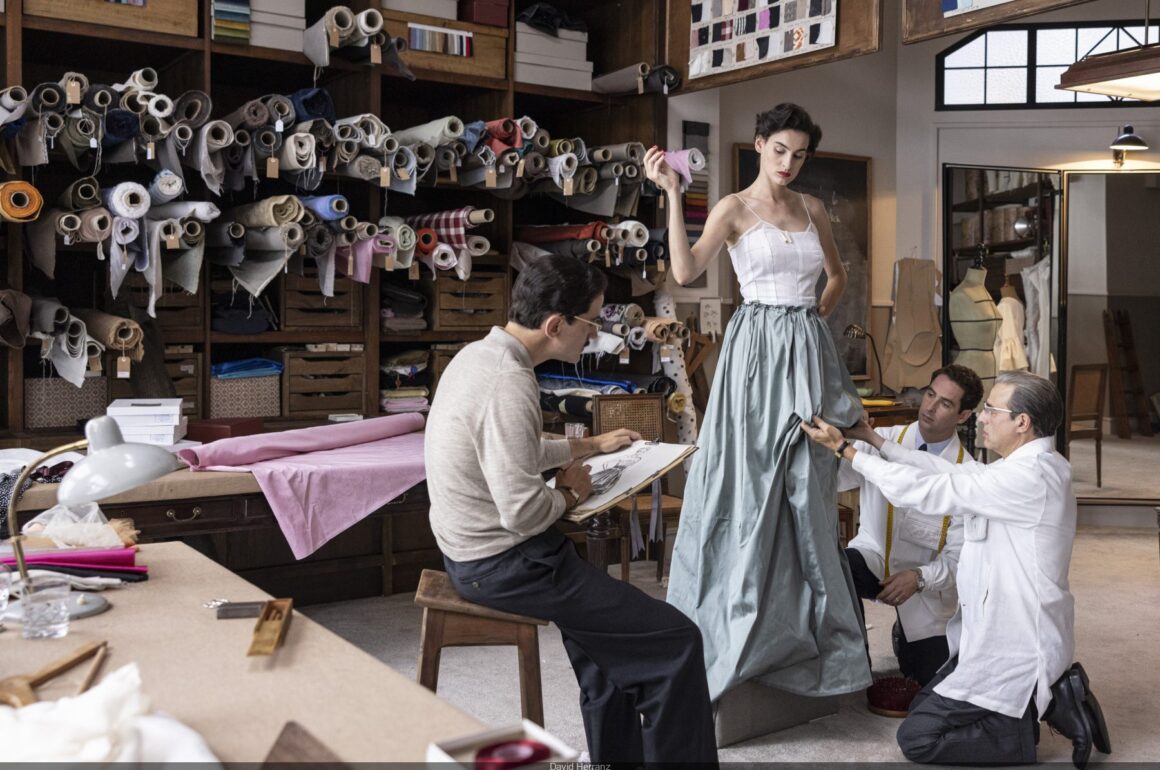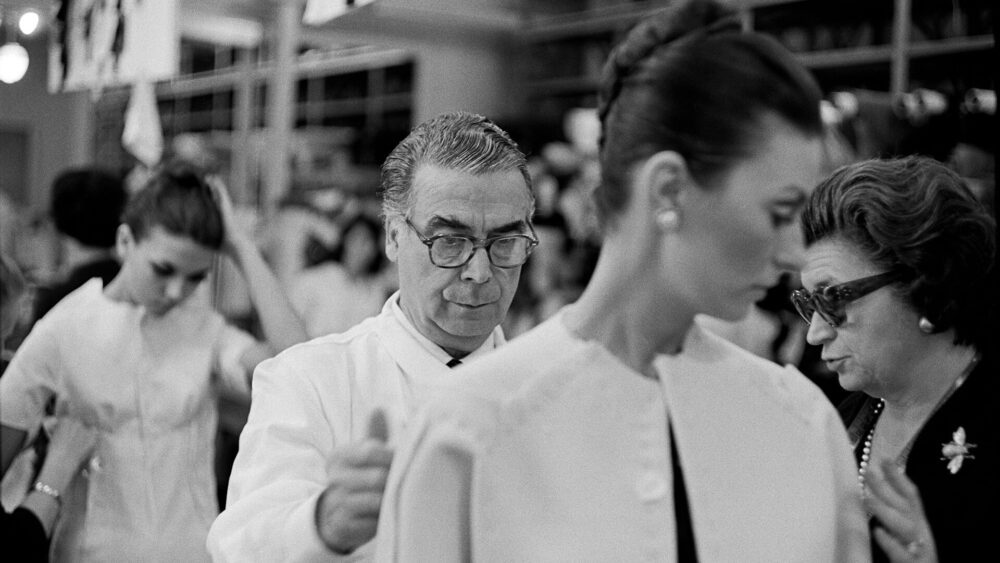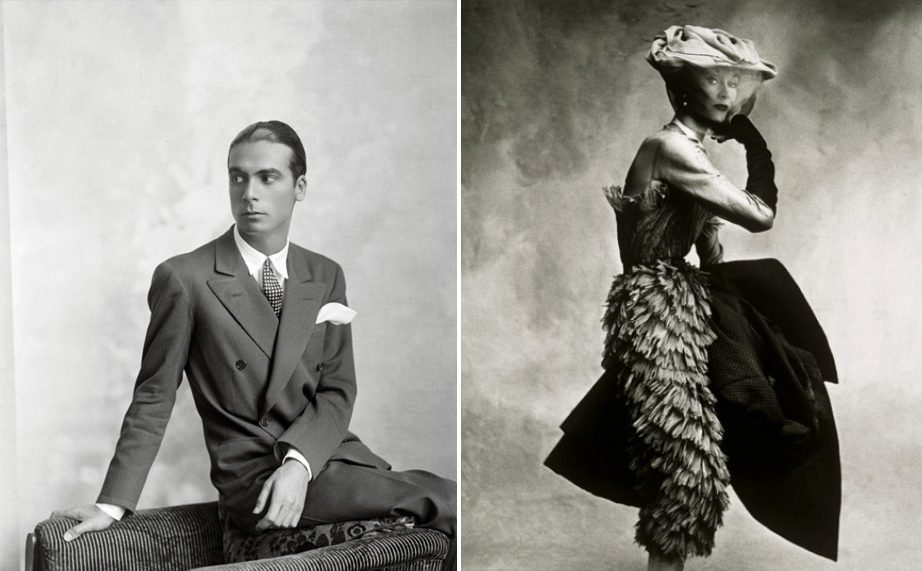The history of the Balenciaga brand

Balenciaga is much more than just a brand – it is a legend in the world of fashion, whose history has set trends and defined modern elegance for decades. Its roots go back to a modest studio in San Sebastián, Spain, where young Cristóbal Balenciaga, fascinated by tailoring, began his journey into the world of fashion. From humble beginnings to global recognition, brand history Balenciaga remains an inspiration for both designers and fashion lovers around the world. Despite changes in management and evolution of trends, it has always remained true to its roots, maintaining the spirit of innovation that made it a legend.
Chasing opportunity
The name Balenciaga is nothing else than the surname of its founder. Cristóbal Balenciaga was born in 1895 and, according to few sources, he grew up in a small seaside town in Spain. His first contact with fashion was when, after his father’s death, his mother started working as a seamstress to support the family. Like most children of that time, he was self-taught. Back then, there were no fashion schools or education in design or pattern cutting. Often, families living in poverty learned from local churches how to sew through hands-on experience. Interestingly, throughout his entire career as a designer, Balenciaga never once sketched a design in pencil on paper. But delighted with his mother’s work, at the age of 12 he began his own journey into the world of fashion as an apprentice in the resort of San Sebastian.
He founded his first fashion house in 1917, but not under the famous name we know today, but an abbreviation of his mother’s maiden name – Elisa. After some time, in the 1920s, he opened a second store, this time in Madrid. However, in 1937, Balenciaga was forced to move to France due to the Spanish Civil War. And it was in the capital of fashion that he was hailed as the undisputed leader of French haute couture. His first fashion house on Avenue Georges V quickly became the most exclusive tailoring studio in Paris on a par with fashion houses such as those of the time Dior.

The era of innovation
Starting at such a young age, his pattern cutting and clothing construction skills were outstanding. As we mentioned, instead of planning or sketching his designs, he started with the fabric itself. Moreover, he knew the art of manipulating materials to bring out their full potential. Perfect craftsmanship was what distinguished Balenciaga from brands such as Chanel and Dior. His genius won him numerous acclaim, but the designer himself kept his circles small. He befriended and admired a few, starting with Christian Dior, through Hubert De Givenchy, to Carmel Snow and Diane Vreeland. He was an introvert who was known to distance himself from the media and paparazzi.
Thus, Balenciaga not only demonstrated excellent tailoring, but also pioneered new techniques and materials. He introduced innovations such as the use of artificial fabrics, the design of collarless jackets, and evening dresses with modern styles that have redefined the standards of elegance. However, it was only in the 1950s and 1960s that the designer reached the apogee of his work. His bold designs including the iconic bag dress and barrier coat, have gained international recognition, inspiring subsequent generations of designers.
The history of the Balenciaga brand – heirs of the heritage
After an extremely successful few decades, in 1968 Balenciaga unexpectedly closed its fashion house. Unfortunately, he died just four years later at the age of 77. The news of the closure of the fashion empire left the brand’s customers shocked, but it is said that he himself believed that there was no longer a true way to design couture. However, it turned out differently. In 1986, less than two decades later, it happened new era of Balenciaga. One who contributed to this is Nicolas Ghesquière, known for breathing new life into Balenciaga right from his first s/s 98 show. Many of his creations are still iconic to this day, from the Patchwork dress to the Motorcycle Lariat bag.

In turn, in 2001, the fashion house was taken over by Kering, currently owner of Saint Laurent, Alexander McQueen and Bottega Veneta. In 2015 Demna Gvasalia was announced as the new creative director of Balenciaga and has been the talk of everyone ever since. He is also credited with helping revitalize the brand in many ways, while maintaining the artistic integrity of Cristobal’s cuts and shapes. Thanks to Demna, the fashion house was recognized as Kering’s fastest growing brand in 2018.
It was he who revived the roots of house and couture during the 2020 show. This important moment showed that the brand was returning to its true heritage. And that’s because Balenciaga hasn’t produced a couture collection since Cristobal himself. Demna seems to be a worthy successor to the brand’s heritage. We still hear about his next actions, which are aimed at taking Balenciaga to the heights of world fashion. Last year, at the s/s 23 show, he surprised the industry with his latest collaboration with Adidas, with athletes in the main role.
The ghost of clothes
Today, Cristóbal Balenciaga’s influence is still visible in all of the house’s designs, both prêt-à-porter and couture. His masterful techniques have endured throughout Balenciaga’s renowned collections. The brand is constantly developing and regaining its unique character, taking bold initiatives under Gvasalia’s leadership. From collaborating with The Simpsons to choosing Kim Kardashian as its newest muse, the fashion house is thriving just as it was in the 1950s. Brand history Balenciaga is not only a tribute to the past, but also an inspiration for the future. The brand continues the tradition of innovation and excellence that has made it a fashion icon. By combining tradition with modernity, it constantly crosses boundaries and shapes trends, remaining true to its roots.





Leave a Comment